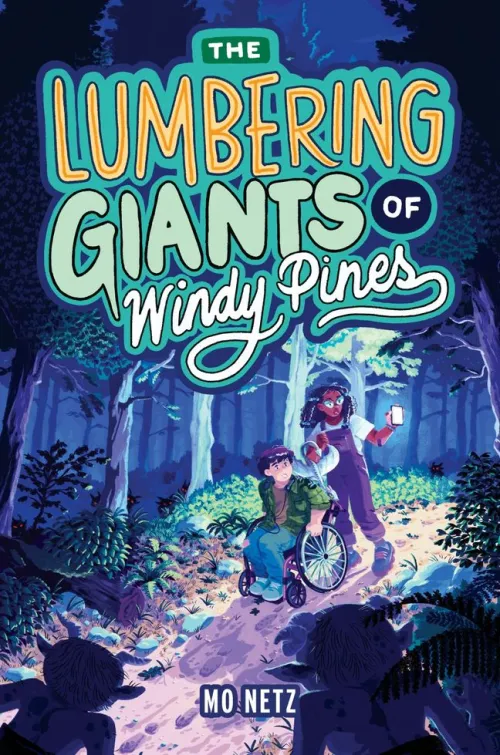Share this Book
Help students develop essential collaboration, storytelling, and problem-solving skills by having them dive into themes of disability, courage, and mystery through the creation of interactive digital escape rooms based on The Lumbering Giants of Windy Pines.
Working in small groups, students will design a series of connected puzzles, riddles, and interactive tasks inspired by the novel’s characters, settings, and supernatural elements. These might include a scrambled midnight radio transmission, eerie forest mazes, clues hidden on a Windy Pines map, or tasks that depend on the kind of fast decisions and creative problem-solving Jerry and Chapel illustrate in the book.
Students should begin by identifying the final goal of the game—what players are trying to discover, escape from, or survive—and then build the escape room experience by working backward. Their game path should include key locations from the book, character roles, challenges players must solve, and outcomes for wrong choices or running out of time. Have them think about how to turn issues that characters in the book face into meaningful decisions or obstacles for players and decide what kinds of questions players will need to answer, what actions players must take to move forward, and what context players should understand to be successful.
Encourage students to explore a variety of puzzle formats and direct them to resources for images, sound effects, and other multimedia elements to enhance their games. They can choose a digital platform that fits their design—such as Google Sites, Slides, or Forms—based on their comfort and project needs.
Once all games are complete, host an in-class tournament where groups take turns playing each other’s escape rooms. As they play, students can offer thoughtful feedback, reflect on how effectively each game captures the atmosphere and themes of the book, and celebrate each other’s creativity, collaboration, and storytelling.
Questions for Discussion or Reflective Writing
- Why have Jerry and her mother been moving so much? Why doesn’t Jerry believe Mama when she says that they are going to stay put this time? How has having to move so many times impacted Jerry? Have you ever had to start over in a new place or school? What was that like for you?
- Why doesn’t Jerry want to go to school? Why is she reluctant to have other people be a part of her life? Why is becoming Chapel’s friend scarier to her than the forbidden woods, a string of disappeared people, and cryptic radio messages? What changes Jerry’s mind? What do you look for in a friend, and how do you know when you can trust someone?
- How do you explain the presence of Paul? What need does he fill in Jerry’s life? Do you think he is real or imaginary? Why is Chapel able to see him?
- Why is Jerry’s mother so secretive about what she’s doing for her new job? How does having Mama not be straightforward with her cause Jerry to worry? Why do you think adults sometimes keep things private from kids? Do you think that is fair? Why or why not?
- What are some ways Jerry shows she misses her dad, and how do those moments help you understand why she acts the way she does? In what ways does Jerry carry her dad with her, even though he’s no longer there? How does that help her?
- How does Jerry feel about her wheelchair? How does Jerry use creativity and problem-solving, especially in situations where the environment isn’t built for her wheelchair?
Related Resources
When Students Design Escape Rooms from Spark Creativity
Create a Virtual Escape Room with Google Forms Tutorial from Peters Township Public Library
More Titles to Try
Stay on top of current education news


